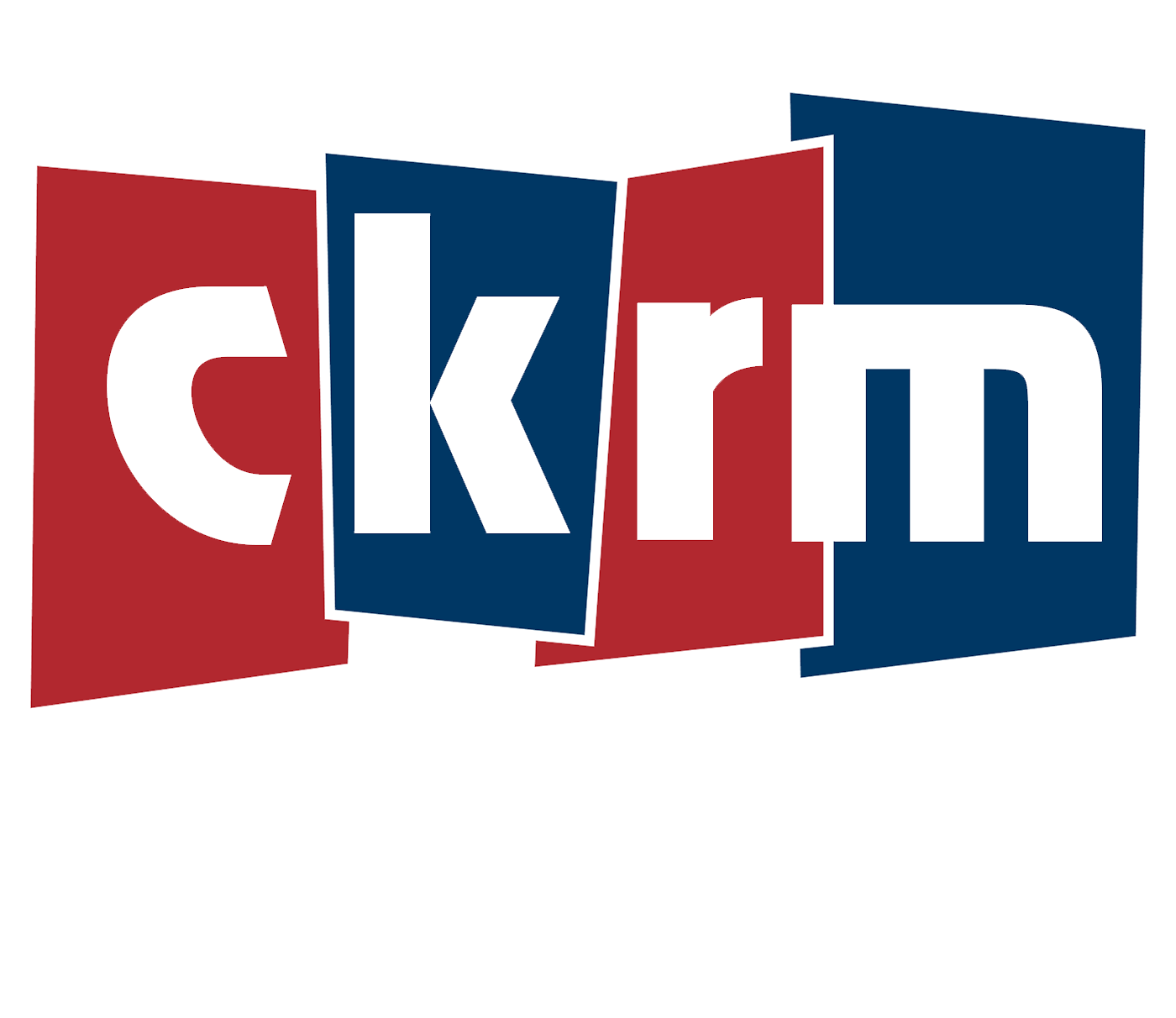Canada’s unemployment rate jumped to 6.1 per cent in March as more people looked for work, Statistics Canada reported Friday.
The figure is up from 5.8 per cent in February and marks the largest increase in the unemployment rate since summer 2022.
The federal agency’s labour force survey shows employment was little changed last month, with the economy shedding 2,200 jobs, after modest increases over the last several months.
In Saskatchewan unemployment climbed from 5.0 percent in February to 5.4 percent in March.
In Regina unemployment at 5.4 percent, up from 4.8 percent in February.
Saskatoon stayed the same at 5.2 per cent.
The jump in unemployment comes as high interest rates weigh on the economy and strong population growth continues to add to the country’s labour supply.
The unemployment rate was up one percentage point on a year-over-year basis.
Youth are particularly feeling the chill in the labour market. Employment among those aged 15 to 24 declined by 28,000 in March and the jobless rate for the group rose to 12.6 per cent, the highest it’s been since September 2016 outside of 2020 and 2021.
Friday’s report shows job losses last month were concentrated in accommodation and food services, followed by wholesale and retail trade and professional, scientific and technical services.
Meanwhile, employment increased in four industries, led by health care and social assistance.
Statistics Canada says the rise in the jobless rate was driven by an increase of 60,000 people searching for work or temporarily laid off.
The total number of unemployed people in the country stood at 1.3 million last month, an increase of nearly 250,000 compared with a year ago.
Despite weaker labour market conditions, wage growth continued to grow rapidly, with average hourly wages rising 5.1 per cent annually.
The job report is the last piece of major economic data the Bank of Canada has to consider ahead of its next interest rate decision on Wednesday.
Investors will be looking for any hints from the central bank on when it plans to begin lowering its key interest rate, which currently sits at five per cent.
Economists have been widely expecting the Bank of Canada to deliver the first rate cut in June or July.








